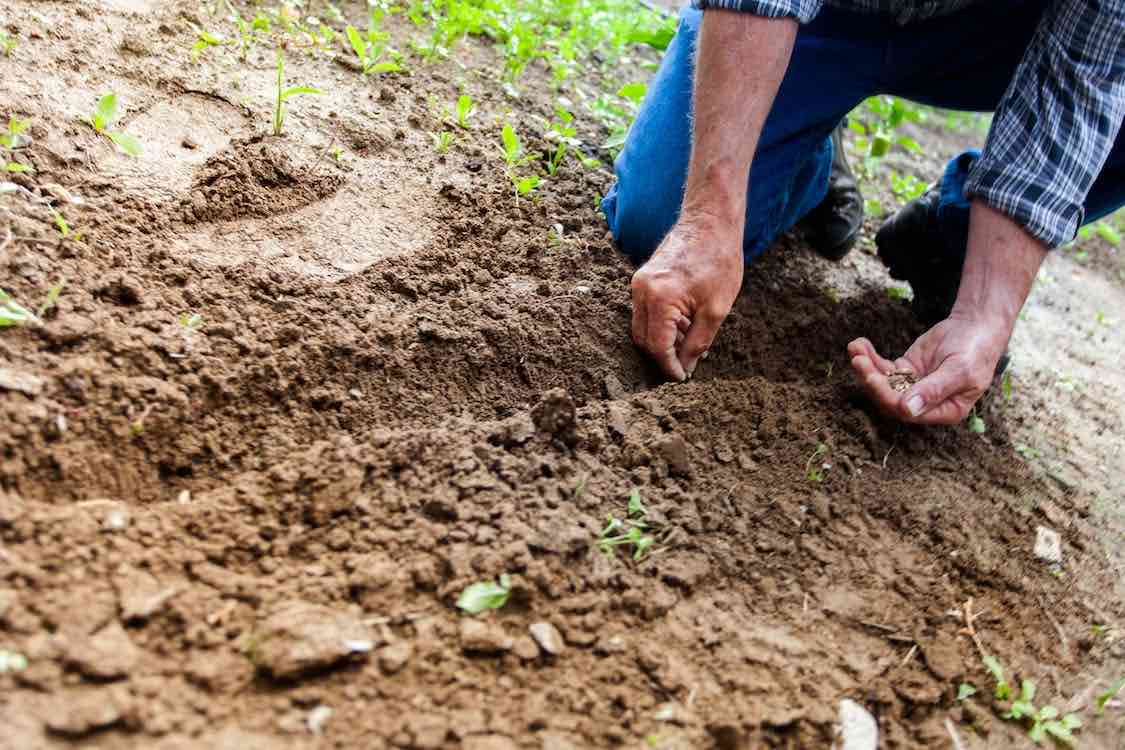Subsidence refers to the gradual or sudden lowering of a ground surface, causing the sinking of buildings, structures or land. It is a common occurrence in the UK that can result from various natural and human-induced factors. It poses significant challenges for property owners, insurers and the construction industry.
The number of domestic subsidence claims notified across the industry in 2022 was 23,000 according to the Association of British Insurers (ABI). This is a common problem that affects thousands each year, but many homeowners are not informed on this issue. This guide aims to help you understand subsidence, how it may affect your property and what to do about it.
What Causes Subsidence in the UK?
Clay Soils
The most common cause of subsidence in the UK is the presence of shrinkable clay soils in the ground under houses. These soils are sensitive to changes in moisture levels, swelling when wet and shrinking during dry spells, leading to ground movement.
Tree Roots
Tree roots searching for water can extract moisture from the soil, causing it to dry out and shrink. This process, known as desiccation, can weaken the soil’s ability to support structures.
Leaking Drains
Leaking drains or water supply pipes can saturate the ground, softening it and reducing its load-bearing capacity, eventually leading to subsidence.
Mining
Past mining operations, particularly coal mining, can cause subsidence. There may be voids and collapses happening underground in sites near mines, as a result of this past mining.
Sinkholes
Natural sinkholes may develop when underground caverns or channels collapse.

How Can I Identify Subsidence in My Property?
Identifying subsidence early is crucial to prevent severe damage. Look for diagonal cracks, especially wider than 3mm, on walls, around doors/windows, and in brickwork. Difficulty in opening and closing doors or windows might also indicate the building’s structure is under stress.
As the ground shifts, it can cause interior walls to warp, leading to distorted wallpaper or bulging walls. The same applies to floors as if they become noticeably uneven, it may be a sign of subsidence affecting the building’s foundation. External features such as patios and driveways may also show signs of tilting or cracking.
What Should I Do if I Suspect Subsidence in My Property?
If you suspect subsidence, take photographs and note down any visible cracks or signs of subsidence. Date and label the images for future reference then inform your insurance company about the suspected subsidence issue.
Engage a qualified structural engineer to assess the property’s stability and identify the cause of the subsidence. If you have trees near your property, consider having an expert inspect them for signs of damage or potential risk.
Does Insurance Cover Subsidence in the UK?
Yes. Most standard buildings insurance policies in the UK cover subsidence. However, the level of coverage may vary, and some policies might have exclusions or higher excesses for subsidence claims.
How Can I Prevent Subsidence From Occurring in My Property?
Avoid planting large, water-seeking trees close to buildings. If you already have trees nearby, consider root barriers to restrict root growth or consult a professional who can help you.
Perform regular maintenance on your property, including checking for leaks and cracks, to catch issues early. Ensure your property’s drainage system is in good condition to prevent excess moisture in the ground.
Are Certain Areas More Prone to Subsidence in the UK?
Yes, certain areas in the UK are more prone to subsidence due to geological factors and historical land usage. Regions with significant clay soils, such as London, the Thames Valley, and parts of the Midlands, are particularly susceptible. Past mining activities, especially in coal mining regions, can also increase the likelihood of subsidence.
Can Subsidence Cause Severe Damage to Properties?
Yes, subsidence can cause severe structural damage to properties if left unaddressed. As the ground sinks or shifts, it can lead to extensive cracking, instability, and deformation of the building’s foundation and walls. In extreme cases, subsidence can render a property uninhabitable.
How Long Does It Take for Subsidence to Happen?
The timeframe for subsidence to occur varies depending on the specific circumstances. In some cases, subsidence can develop slowly over several years, gradually causing damage. In other instances, particularly with sinkholes or sudden collapses, subsidence can happen rapidly, causing immediate and extensive harm to properties.
Can Subsidence Impact Property Values?
Yes, subsidence can negatively impact property values. If a property is known to have a history of subsidence or is situated in an area prone to subsidence, potential buyers may be hesitant to invest. Moreover, properties with unresolved subsidence issues may sell at a reduced price compared to similar properties without such problems.
How Can I Get a Subsidence Report When Buying a Property?
When buying a property in the UK, it is often a good idea to conduct a subsidence risk assessment. Property surveyors often include a basic subsidence risk assessment as part of their pre-purchase surveys.
Can Climate Change Impact Subsidence Rates?
Yes, climate change may indirectly influence subsidence rates in the UK. As weather patterns become more unpredictable, periods of prolonged drought followed by heavy rainfall can exacerbate subsidence issues. This means that as climate change worsens, your subsidence issues may also worsen.
Is Subsidence Covered by Home Insurance During Periods of Drought?
Yes, home insurance policies typically cover subsidence regardless of the cause, including during periods of drought. However, insurance companies may have stricter policies or ask for higher excesses during droughts, as the risk of subsidence increases in such conditions.
Concluding Thoughts
Subsidence is a prevalent concern in the UK, often caused by factors like clay soils, tree roots and water-related issues. Early detection and appropriate action are the steps to minimise damage and ensure the safety and stability of your property.
If you are worried about subsidence, get a property survey conducted by a qualified professional. Always seek expert advice from structural engineers and work closely with your insurance provider.


